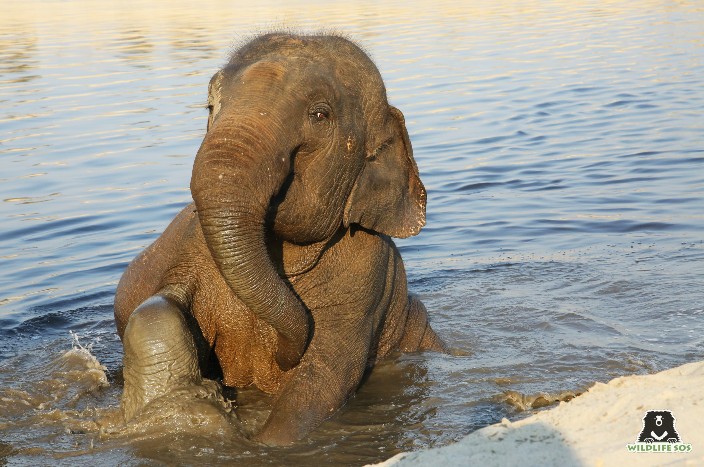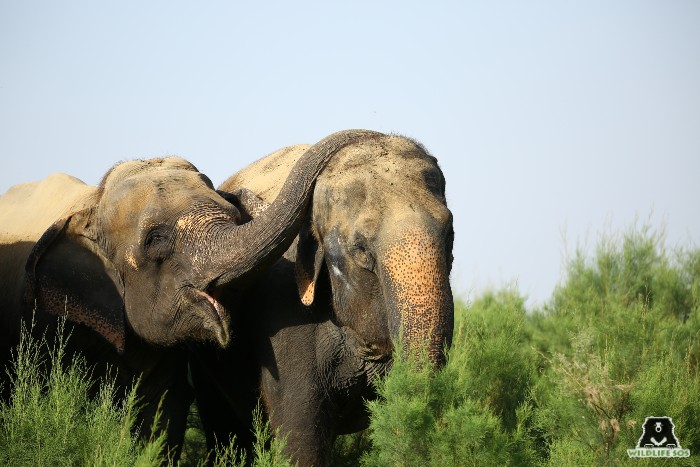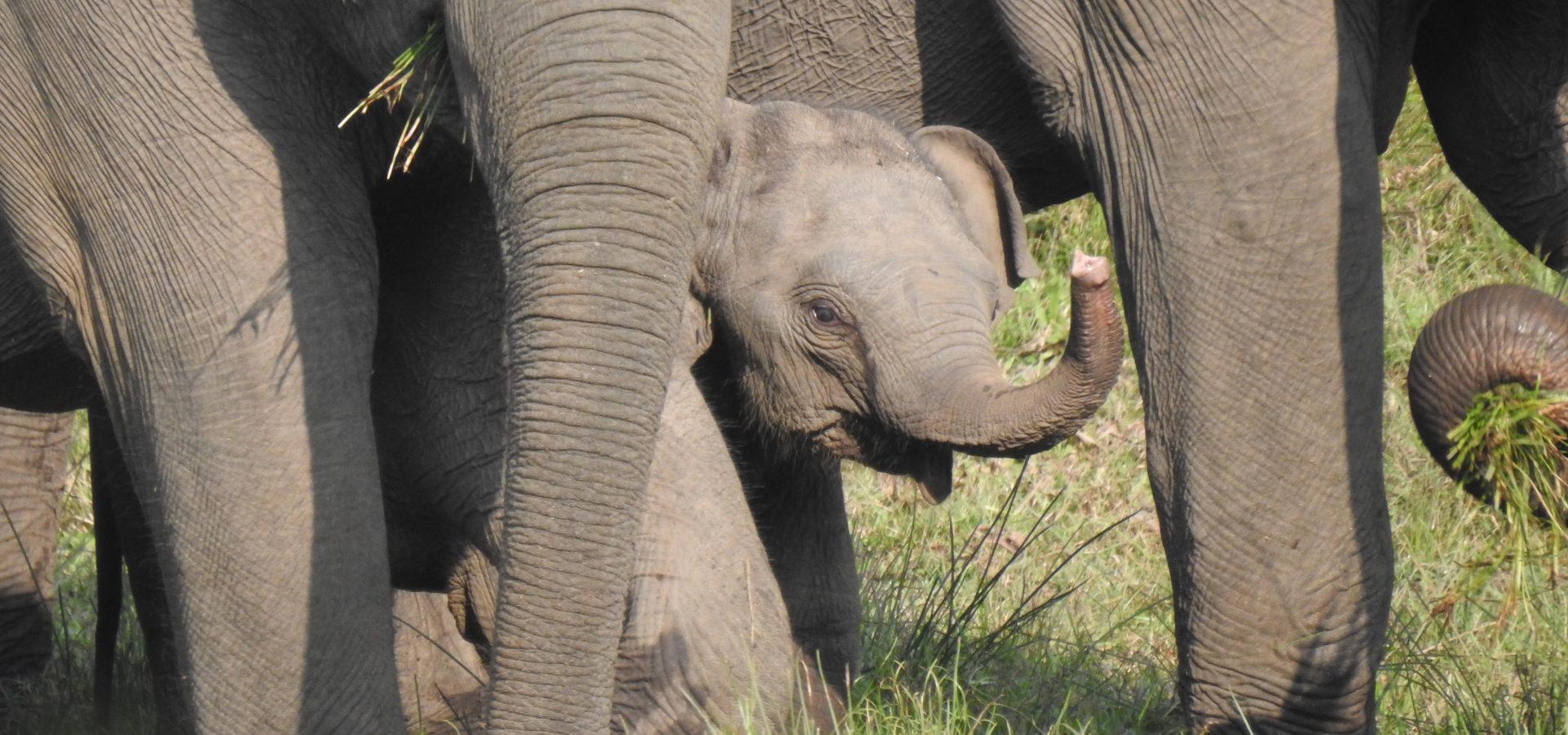The largest existing land mammal on the planet, Elephants, have a lasting effect on each individual who sets their eyes on them. Their evolution over the years is just as remarkable.
Today, there are three surviving elephants species; the African savannah elephant (Loxodonta africana), African forest elephant (Loxodonta cyclotis) and Asian elephant (Elephas maximus). The subspecies of the Asian elephants are further classified into: Indian (Elephas maximus indicus), Sumatran (Elephas maximus sumatrensis) and Sri Lankan (Elephas maximus maximus). More than 160 extinct proboscidean species (mammals with traits such as trunk, tusks, and a large form), have been identified from fossil remains found on each continent except for Australia and Antarctica. Originating from the continent of Africa, the first proboscidean had no trunks, the Moeritherium existed around 40 million years ago. The trunk initially evolved in order to serve these animals as a snorkel, and now in modern day elephants for assistance in gathering food. Going forward, the evolution of the majestic creatures we see today came from a prehistoric elephant species known as Gomphotherium about 20 million years ago.

Approximately 2.6 million years ago, as the climate and the ecosystem began to change, it gradually led to the era of the Mammoths and the Mastodons. Since time immemorial these remarkable animals have been used by humans, first as a source of meat, for fur in prehistoric times, to carry weight, entertainment purposes and also to fight alongside humans in many historic wars. Across the five continents, as humans dispersed into regions, these proboscideans were driven to extinction. Present day elephant species are also faced with threats such as: poaching, habitat loss and human-elephant conflict.
Ivory trade and loss of habitat has driven the African forest elephant into the Critically Endangered category and the African savanna elephant into the Endangered category on the IUCN Red List of Threatened Species. The population of these species has fallen drastically In recent years, a statistic revealed approximately 10,000-15,000 being killed each year to fuel wildlife trade. Under such pressures, these elephant are evolving to lose their tusks. This change could leave elephants with compromised defense and since elephants are revered to as the “Engineers of the ecosystem”, this change can have a larger ecological impact. Some of the closest living mammals related to proboscideans in modern day are the manatees and dugongs.

India hosts the highest density of Asian elephants in the world at approximately 20,000-25,000, they are listed at Endangered by the IUCN. With a vital role to play in the forests of the country, whilst also holding cultural significance, these animals are rapidly decreasing in number due to several man made factors. One of the issues that Wildlife SOS is going up against is the use of elephants in captivity which are used are begging, entertainment or religious purposes. Elephants in captivity seldom have a cruelty free life, commonly removed from their herd as calves, they undergo years of gruesome training practices that are designed to break their spirit in order to suppress their natural behavior.
At Wildlife SOS, we have rescued and rehabilitated over 30 elephants in two rescue centres, in Haryana and Uttar Pradesh. With more such instances occurring in different parts of the country, the focus on removing elephants from such situations is what we are striving to do. To be aware of elephant abuse and stay informed is what we are focusing our work on, our campaign, Refuse to Ride, brings the plight of captive elephants and aims of eradicating the practice altogether.





